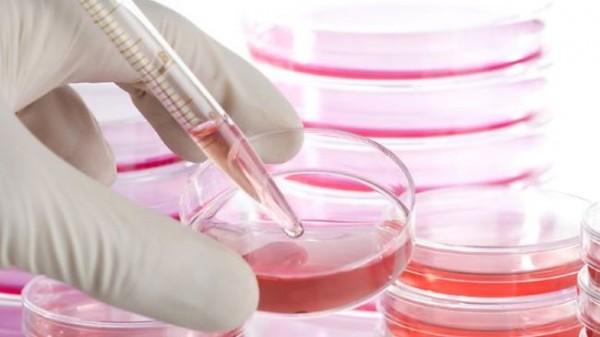
A team of scientists from the Harvard School of Medicine has reportedly found an effective way to turn stem cells into tools that repress brain cancer. During an experiment that they conducted on animal subjects, the scientists made use of stem cells that were genetically engineered to produce and release toxins that specifically targeted brain tumors without affecting the surrounding normal cells. With the promising results that were produced, the team is hopeful that the next step for this breakthrough procedure is human testing.
This study is the product of many years of research that was put into finding a stem cell-based therapy that could be used against cancer. Experts were optimistic that they would be able to come up with a way to kill cancer cells in tumors without harming the surrounding cells. The genetically engineered stem cells used in this procedure were able to secrete the essential cancer killing toxins, but were uniquely resistant to the harmful effects of the poison that they produced.
During the animal testing phase of the study, the stem cells were infused into the site of the excised tumor using a gel-based matrix. Once administered, the stem cells released the toxins and the cancer cells within the vicinity died because they were defenseless against the action of the toxin. Lead author, Dr. Khalid Shah, said that the team is very happy with the positive result that they have achieved.
"After doing all of the molecular analysis and imaging to track the inhibition of protein synthesis within brain tumors, we do see the toxins kill the cancer cell's. Cancer-causing toxins have been used with great success in a variety of blood cancers, but they don't work as well in solid tumors because the cancers aren't as accessible and the toxins have a short half-life," he said.
He added that genetic engineering was able to modify the stem cells to be able to do all that, saying, "Now, we have toxin resistance stem cells that can make and release cancer killing drugs."
The results of the study were published in the journal Stem Cells, and it details the research was a joint effort by Harvard Stem Cell Institute and the Massachusetts General Hospital.



